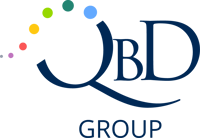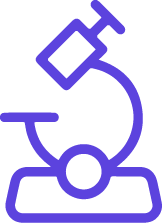Patient Support Programs (PSPs), as outlined by the Good Pharmacovigilance Practices (GVP) Module VI, represent an organized system where marketing authorization holders receive and collect information relating to the use of their medicinal products.
The primary aim of PSPs is to enhance patient care, addressing a variety of needs through comprehensive support services.
Are you involved in or affected by patient support initiatives This article offers insights into creating more effective and safety-focused Patient Support Programs.
The Multifaceted Benefits of Patient Support Programs
Patient Support Programs (PSPs) are designed to offer an array of benefits to patients, each tailored to meet specific healthcare needs. These benefits include:
-
Financial Assistance: Providing financial support and assistance with medical reimbursement insurance coverage.
-
Professional Healthcare Support: Facilitating contact with nurses and healthcare professionals to assist with drug administration and disease management.
-
Community Engagement: Creating forums for patients to share experiences related to their medication or disease, fostering a supportive community environment.
Role of Pharmacovigilance in Patient Support Programs
Pharmacovigilance plays a pivotal role throughout the PSP lifecycle, ensuring patient safety and compliance with regulatory obligations. From the PSP’s inception to its conclusion, pharmacovigilance activities are integral in identifying and managing any potential safety concerns associated with medicinal products.
Designing and Implementing PSPs: A Collaborative Approach
The creation of Patient Support Programs necessitates a collaborative effort among stakeholders, including business strategists, medical teams, sales personnel, and, critically, the pharmacovigilance team.
Early involvement of pharmacovigilance is essential, as Patient Support Programs serve as a vital source of Individual Case Safety Reports (ICSRs). The design phase should encompass:
- Stakeholder Collaboration: Engaging all relevant parties to ensure a holistic approach to PSP design.
- Risk Assessment: Evaluating potential risks and safety information related to the medicinal product.
- Objective Clarity and Documentation: Clearly defining PSP objectives and stakeholder responsibilities, ensuring robust documentation for audit and inspection readiness.
Training in pharmacovigilance principles, as per GVP Module VI, is mandatory for PSP personnel to competently manage safety information and adhere to legal obligations.
The Operational Phase: Managing Safety and Compliance
During a PSP’s operational phase, the collection and management of safety reports are crucial. These reports, considered solicited per GVP guidelines, must be processed following stringent procedures to ensure timely and accurate evaluation. The adoption of a database for storing safety information facilitates efficient data management and compliance with pharmacovigilance obligations.
PSP Closure: Ensuring Comprehensive Safety Information Management
Prior to concluding a Patient Support Program, it is imperative to confirm that all safety information has been accurately processed and securely stored. The Pharmacovigilance department plays a crucial role in this closure process, ensuring that the program concludes with all safety data meticulously accounted for.













.jpg)




.jpg)